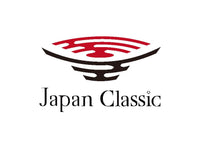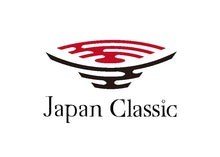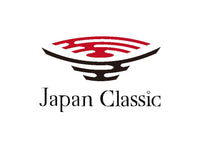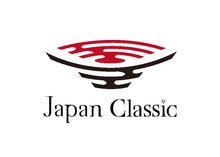【Japanese Pottery】Brick Kiln (Senga‑gama): Ancient Chinese‑Style Semi‑Reversal Firing for Deep Reduction Effects
About the Author
Hayato Eihara
I am a Japanese resident living in Japan!
With years of experience, I share in-depth and detailed information about Japan with the world.
As part of my mission to promote Japanese culture, I also run Japan Classic, an online shop specializing in unique, high-quality tableware. If you're interested, feel free to check it out!
Table of Contents
- 1. Brick Kiln (磚窯, Sengama) Ancient China–Present: Semi‑Inverted Flame Type
- 2. Application to General Works (一般的な作品への応用)
1. Brick Kiln (磚窯, Sengama) Ancient China–Present: Semi‑Inverted Flame Type
A brick (磚, sen) is a black clay brick made from stone in China, famously used in structures such as the Great Wall of China. Because of its shape, the kiln used to fire these bricks is sometimes called a manjū kiln (饅頭窯).
The defining feature of brick kilns is the deep black color produced by firing in a strongly reducing atmosphere. To achieve reduction, the kiln’s upper chamber includes a depression into which water is poured; the resulting steam displaces oxygen and forces a reducing environment.
In typical operation, bricks are first fired with coal (石炭) for about one week until the internal temperature reaches approximately 900°C. At that point, the kiln is sealed and water is introduced through the top opening. The high internal heat immediately vaporizes the water, creating a strong reduction atmosphere that darkens the brick body.
Once water injection is complete, the inlet is closed, and the kiln is allowed to cool. Kiln shapes vary from cylindrical to rectangular, and some designs feature a chimney near the water‑injection point to exhaust gases in a rising‑flame (昇炎式) configuration.
The principal drawback of traditional brick kilns is the risk of damage or uneven firing (焼きムラ) caused by direct water contact. Modern kilns often achieve reduction by adjusting gas fuel flow instead of water injection, providing greater stability and consistent quality without the hazards of steam-induced thermal shock.
2. Application to General Works (一般的な作品への応用)
Brick kilns’ tendency for uneven firing (焼きムラ) can produce unpredictable kiln effects (窯変), which may be advantageous for certain artistic outcomes. While water‑induced damage is unacceptable, controlled reduction firing via water injection can create desirable surface variations.
・In 1972, potter Fujio Koyama recreated Tanegashima ware by accidentally generating a strong reduction atmosphere. During a typhoon interruption at 1,200°C, he tossed a water‑filled bag into the kiln to lower temperature, resulting in unexpected yet compelling kiln effects.
・Later, at his Hananoki kiln in Toki City, Gifu Prefecture, Koyama installed pipes beneath the kiln floor to inject water intentionally near the end of firing (1,200–1,300°C), producing strong reduction atmospheres on demand.
・Reduction firing via water injection is also applied to celadon glazes (青磁釉) and cinnabar glazes (辰砂釉) to deepen color. Some kilns introduce small amounts of water through peep holes (色見穴) between the firebox and firing chamber, enhancing the green depth of celadon without significant temperature drop.
Although water injection carries risks of thermal shock and uneven heat, brick kilns’ inherent design for reduction firing makes them uniquely suited for achieving striking, varied kiln effects, illustrating a rational adaptation of traditional methods for creative expression.
Brighten Up Your Table.
We deliver vibrant, high-quality pieces directly from Japan to add color and elegance to your dining experience.







Leave a comment